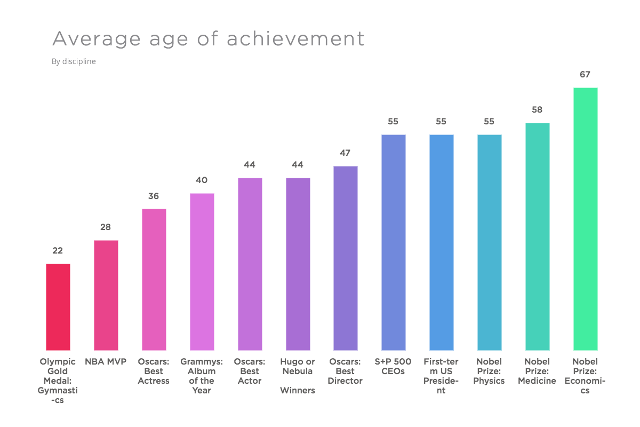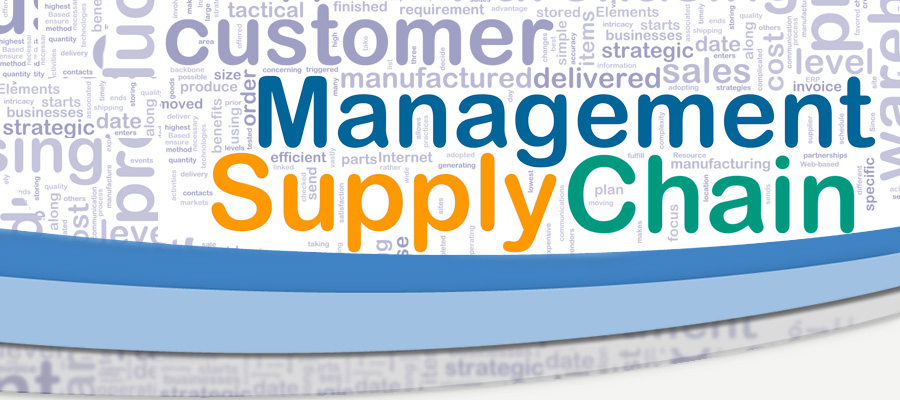Video: Negotiating the Nonnegotiable
News You Can Use: 5/4/2016

- How a giant like GE found home in the cloud
Embracing a cloud-first mentality across the organization required adjustments internally, too. Drumgoole arrived at GE two years ago to find the traditional angst between software developers and infrastructure operators. Devs can’t get the infrastructure they need; ops folks don’t know what the software teams need. Cloud seemed like the natural answer to this problem.
GE invested in building tools, creating systems and processes for managing it and ensuring regulatory compliance. When GE’s IT team introduced the cloud services, some of those software developers and ops teams didn’t want to use it. “Some of the legacy, single-technology developers struggled with deploying and moving apps when we took away the support envelope of a traditional infrastructure team,” he says, adding that the challenge has largely been overcome, though it required a shift in mindset.
- No lawyer? This online tool uses AI to review your contracts
This seems like a major privacy concern, but intriguing none the less…Next, LawGeex uses its array of technologies to compare the contract against a database of thousands of similar ones. It flags anything that needs extra attention and also provides statistics and benchmarks.
Explained in simple terms, its final analysis — delivered within 24 hours, or on the next business day — aims to ensure that users know exactly what they’re agreeing to. Included in that report are a summary, a contract score, and information such as clause explanations, negotiating tips, and sample language for missing clauses.
http://www.cio.com/article/3058698/no-lawyer-this-online-tool-uses-ai-to-review-your-contracts.html
- How To Take Back Control Of A Negotiation
1. Establish that you’re there because they need you. If you’re a finalist, they must already have a very positive perception of what you can do for them.
2. Look for small ways to gain leverage. Moving the meeting to be last in the day is one example. Being last helps because the client learns from earlier presenters—and often shares that with you directly, like revealing that others had accepted an offer of $25,000.
3. Radiate confidence when you’re in the room. You must believe deeply in yourself; otherwise it’ll show. Remember, they can only get what you do from you.
4. Use your vulnerability. I knew that I’d feel anxious as soon as I first accepted the challenge of going after this project. The way to deal with those fears is by talking with your team and deciding what to do about them collectively. When I discovered who we were up against, that fear helped me realize how their size might actually be a weakness—which turned my own sense of vulnerability on its head. If nothing else, it encouraged the competition to underestimate us.
http://www.fastcompany.com/3058768/how-to-take-back-control-of-a-negotiation
- These Are The Ages When We Do Our Best Work

Some, like professional athletes and CEOS, tend to cluster especially tightly around certain age ranges (because of constraints like physical prowess and work experience, respectively). However, in each of these fields, people tend to do great work at all sorts of ages. Though Adele pulled the Grammy Album of the Year down from an average of around 40 by winning at age 23, Ray Charles yanked it up by winning his Grammy at 74.
- Intel axes 12,000 jobs as it looks to break away from PCs
Intel is cutting 12,000 jobs worldwide as the company restructures operations to diversify from PCs into growth areas of IoT and servers.
The layoffs account for about 11 percent of employees worldwide. Intel is also consolidating work locations worldwide in a move the company hopes will save it US $750 million this year.
http://www.cio.com/article/3058610/intel-axes-12000-jobs-as-it-looks-to-break-away-from-pcs.html
- Verizon is offshoring jobs, records say
For instance, in Lake Mary, Florida, employees wrote on their TAA application: “Verizon has been in the process of moving all production for all products off shore for the last few years. We were notified in April [2015] that all the remaining VOIP Order Management was being moved to Manila. Two VOIP order managers had been sent to Manila to train the new group. … My group also had to train the offshore group to take over our job function. HR told me this was a massive layoff!”
Photo: Tom Sodoge
News you can use: 7/29/2015

- New procurement method may cut education costs
The two popular processes – centralized and decentralized – have both benefits and disadvantages. Centralized operations simplify ordering. One office or official is designated as the person who does all the purchasing. However, this can leave the individual departments without the supplies they need, ChainLink Research claimed. The focus remains on the school as a whole. Decentralized procurement has the opposite effect. The buying power is in the hands of the departments. They have the freedom to purchase what they need. Unfortunately, schools may go over budget with so many people having free reign of the finances.
http://www.strategicsourceror.com/2015/07/new-procurement-method-may-cut.html
- LinkedIn’s making it harder to download your account data
LinkedIn has removed the tool that allowed users to easily export contacts. Now, users who wish to download their first degree connections will need to go through a process that can take up to 72 hours to complete. The change was first spotted by a Twitter user and confirmed by VentureBeat.
http://www.entrepreneur.com/article/248790?ctp=BizDev&src=Syndication&msc=Feedly
- Keys to Successful Supplier-Enabled Innovation
One key issue, the report finds, is that there is hardly a widely accepted definition of what Supplier-Enabled Innovation really means. That said, about two-thirds of respondents said that SEI should not be viewed as something special, but rather it should be intertwined with all the other tasks that procurement managers perform as a matter of course. However, an important block instead sees SEI as a “specific program, a set of dedicated workstreams, where the business invests resources, monitors progress, and builds the innovation output into organizational priorities.”
http://www.scdigest.com/ONTARGET/15-07-21-1.PHP?cid=9541&ctype=content
- Why Can’t We All Just Get Along? Because We Shouldn’t.
Stick to the issue and don’t let things get out of hand or go out of bounds. Heated arguments are typical but the way to keep them productive is to coach people to attack the problem, not the person. It’s OK to say, “I think your idea is doomed and here’s why,” but not “I think you’re a clueless idiot.” It should never get personal. Also banish any extraneous topics to the parking lot and keep things moving along.
http://www.entrepreneur.com/article/248684?ctp=BizDev&src=Syndication&msc=Feedly
- This Strategy Will Make Negotiations Less Painful
Medvec is a proponent of a negotiation technique called MESOs, orMultiple Equivalent Simultaneous Offers. The idea behind MESOs is to give the other party multiple options to choose from that are equivalent from your standpoint.
http://www.entrepreneur.com/article/248572?ctp=BizDev&src=Syndication&msc=Feedly
The Supply Chain: 5/20/2015

- IBM Empower 2015: The Evolution of Supplier Engagement General Session
The Empower event took place last week, I have been scanning the web to see if any video was released:
The recent CPO study from the IBM Institute for Business Value highlights the changing relationship between the enterprise and their suppliers. The procurement organization and its internal stakeholders are the conduit to innovation and value held within the supply chain. Unlocking that potential is key to driving the next wave of transformation and evolution. Join us in the Empower general session to hear the debate about what’s next for procurement and learn from your peers on what they are doing to release the value from their supply base.
- Why businesses should combine NPS with analytics
Alec Gardner, general manager ANZ, Teradata, says, “Businesses should be using data analytics in conjunction with NPS to enhance customer satisfaction, and in many cases, even help predict NPS.” “Doing this lets companies use data analytics to proactively seek customer sentiment using channels such as social media well ahead of the customer’s intention to contact the company,” Gardner says. ”Discovery analytics from big data sources lets companies gain new insights about competitors as well as their own products or services.”
http://itbrief.co.nz/story/why-businesses-should-combine-nps-analytics/
- What to Ask, and Not Ask, Your Cloud Hosting Provider
Don’t Ask: What is the provider’s availability record? This may seem like a very important question, and it is. However, it should be noted that if you’re researching a reputable hosting provider, many of the organizations that report on downtime don’t look at the clients of the provider, but only at the provider’s website. This can create false positive or negative results, since it isn’t a customer production environment.
- I read this Fast Company article this morning and thought it would be good to share (I think this will sound very familiar to something happening in July):
THE MESSY BUSINESS OF REINVENTING HAPPINESSIt is a tale of corporate politics, personal feuds, and turf wars. But it also the story of a success, even though the project didn’t fully deliver on its massive ambitions. This is what happens when a huge corporation tries to reinvent itself. This is what you have to do when you better make it work.
http://www.fastcompany.com/3044283/the-messy-business-of-reinventing-happiness#!

